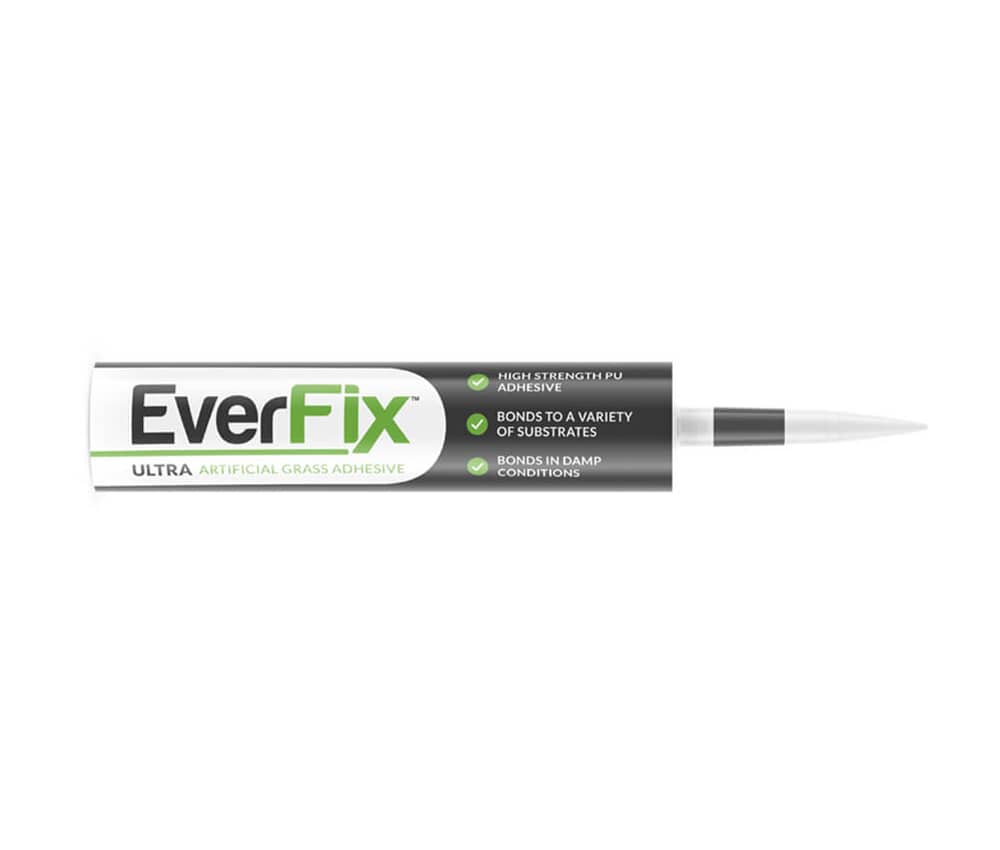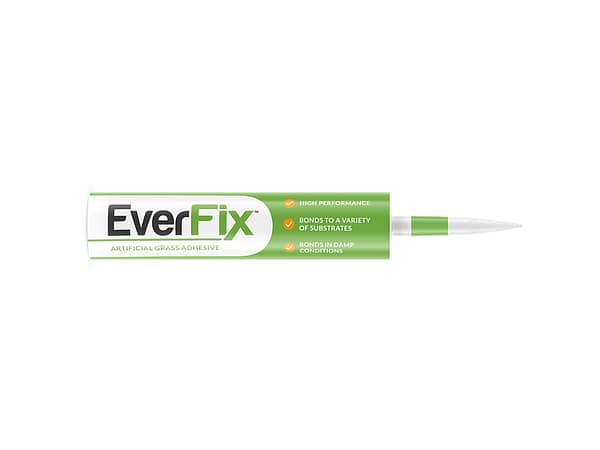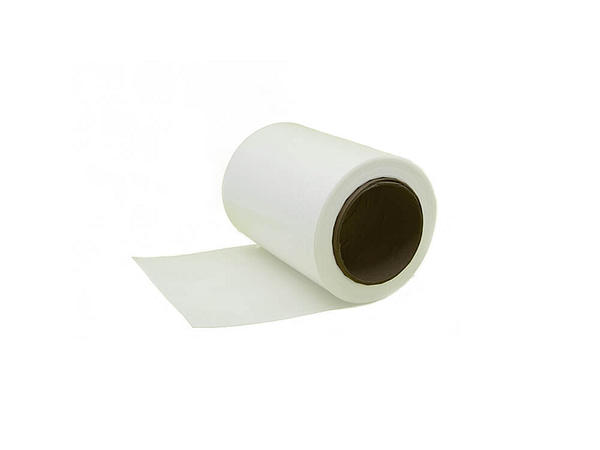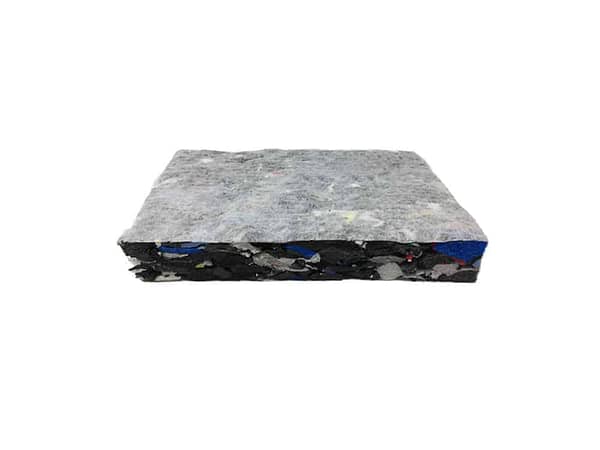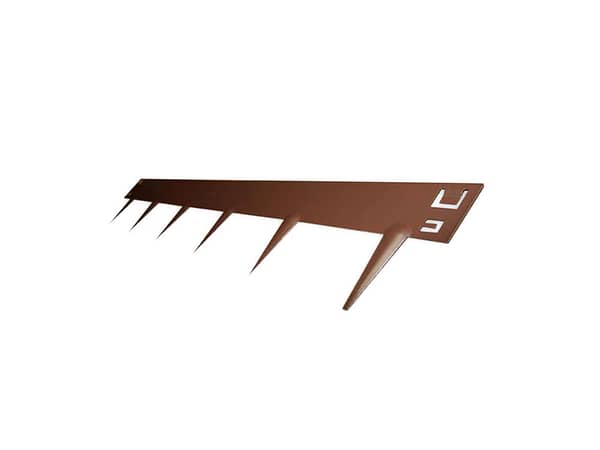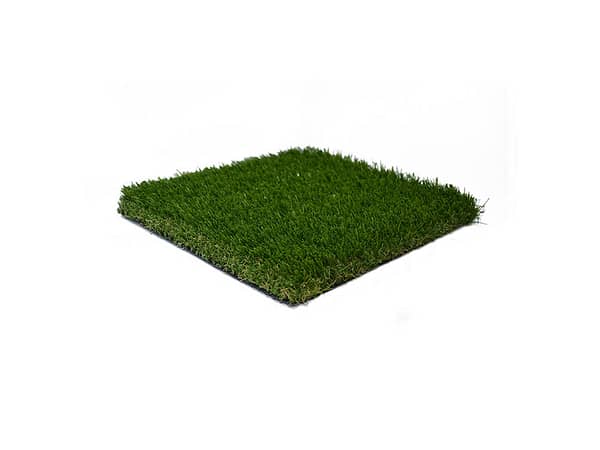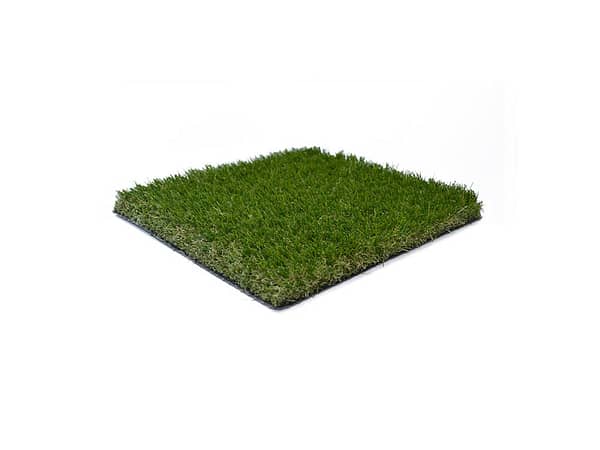Description
EverFix Ultra is a PU based high performance adhesive and can be used for jointing artificial grass on high-use areas and for perimeter fixings to edging systems, due to its superior strength.
Can be used to adhere VertEdge to an artificial grass surface. Provides a 100% fully secured perimeter finish. No nails required.

